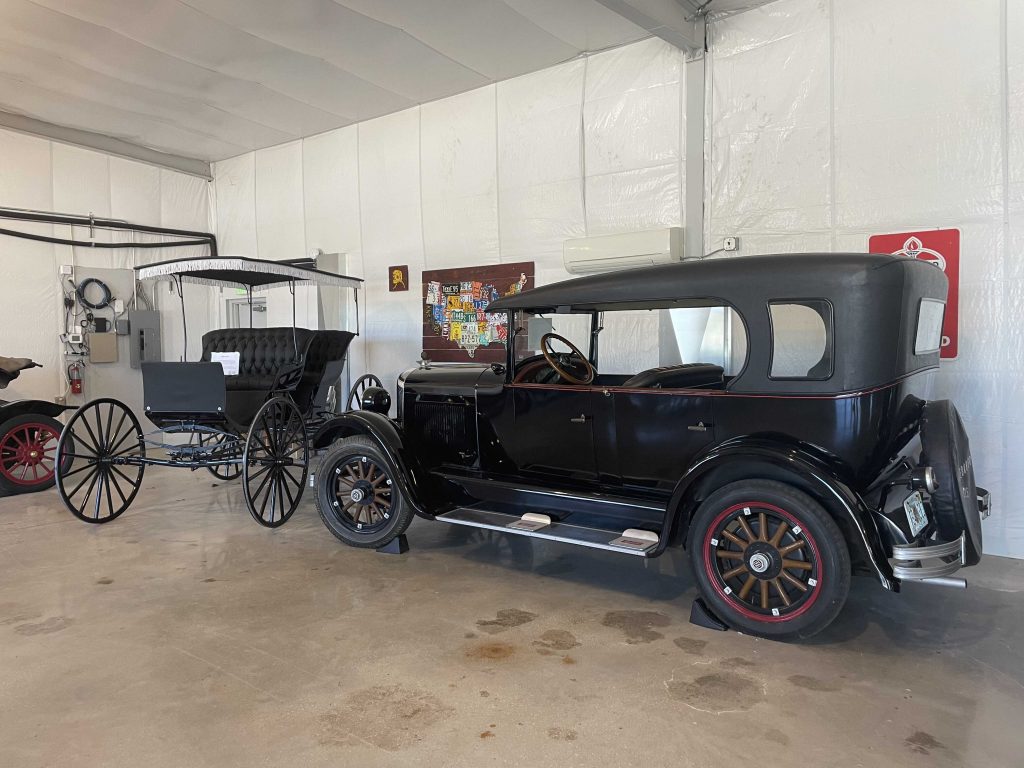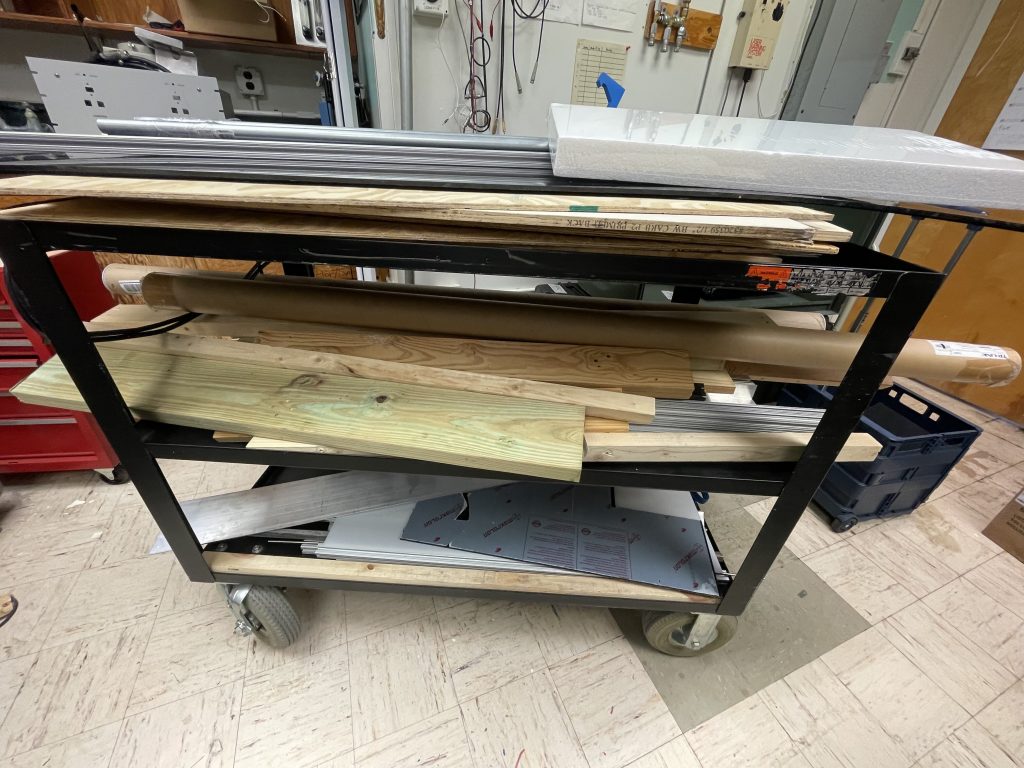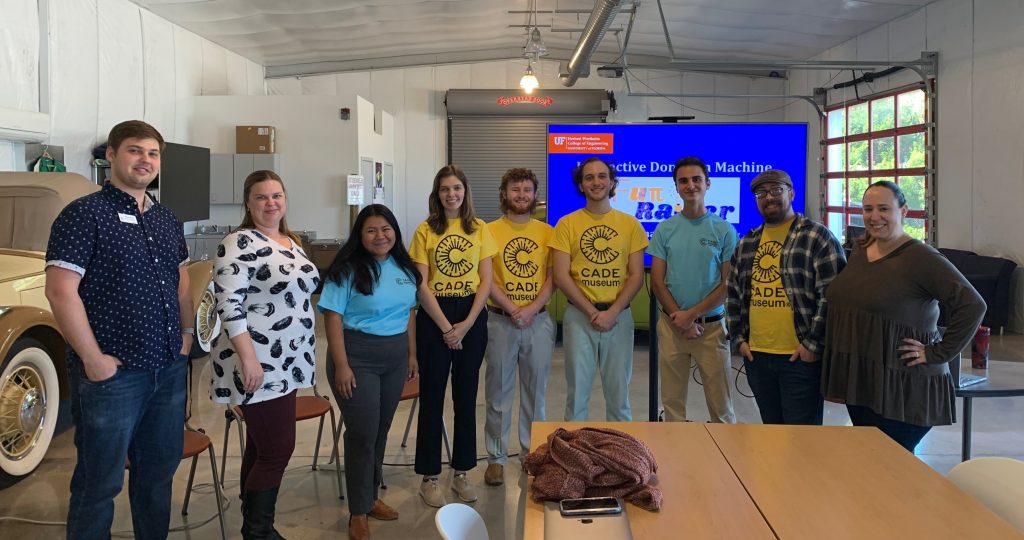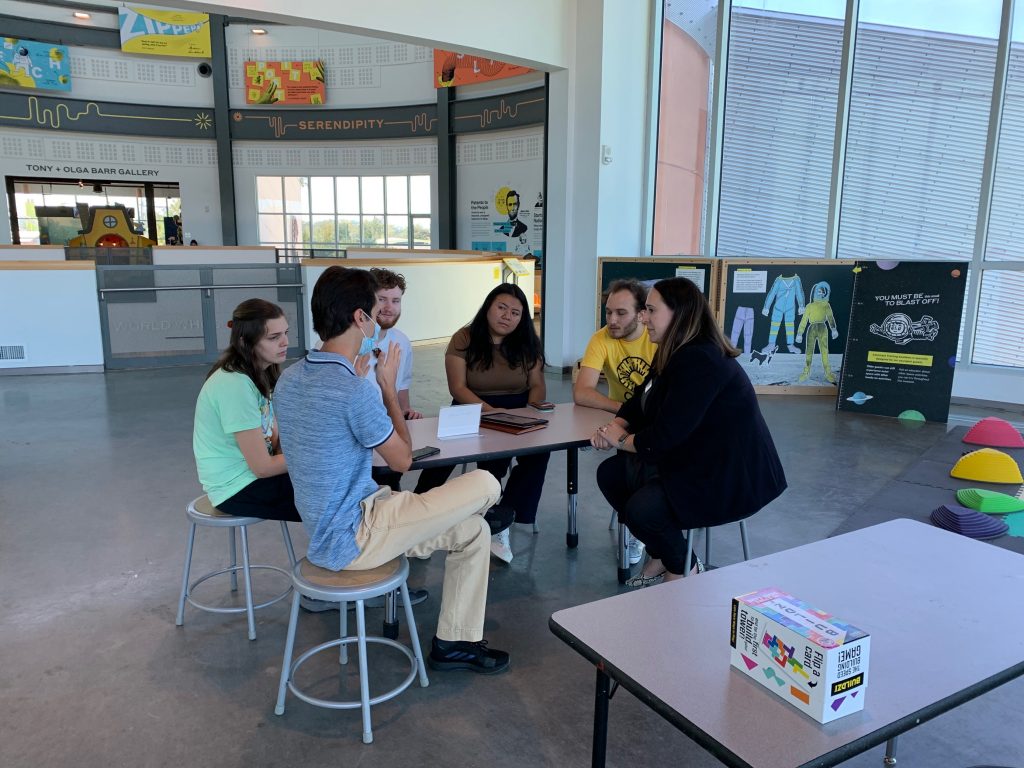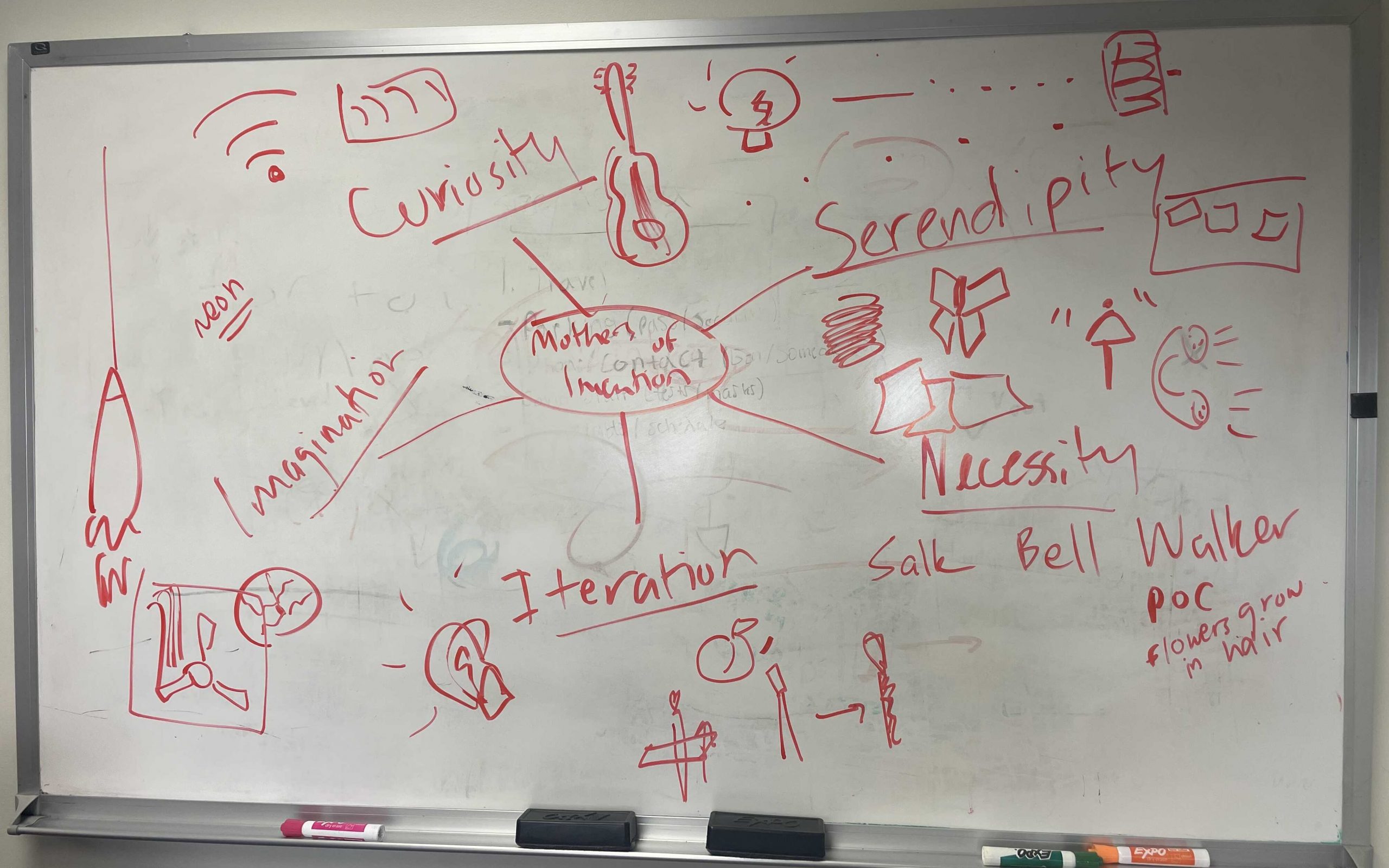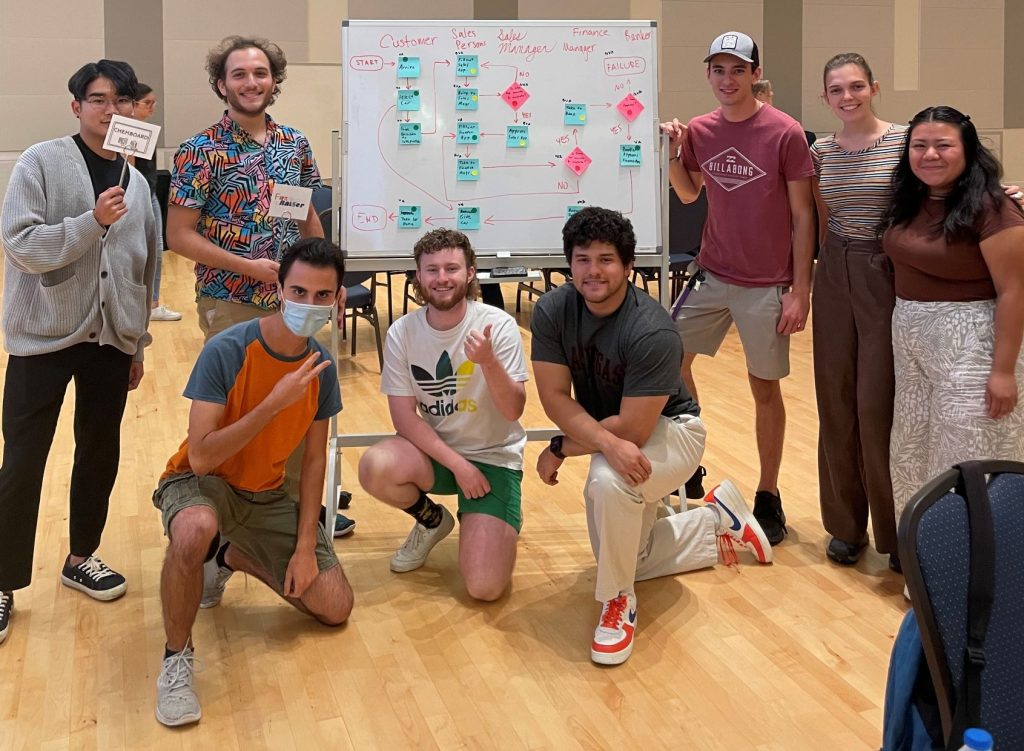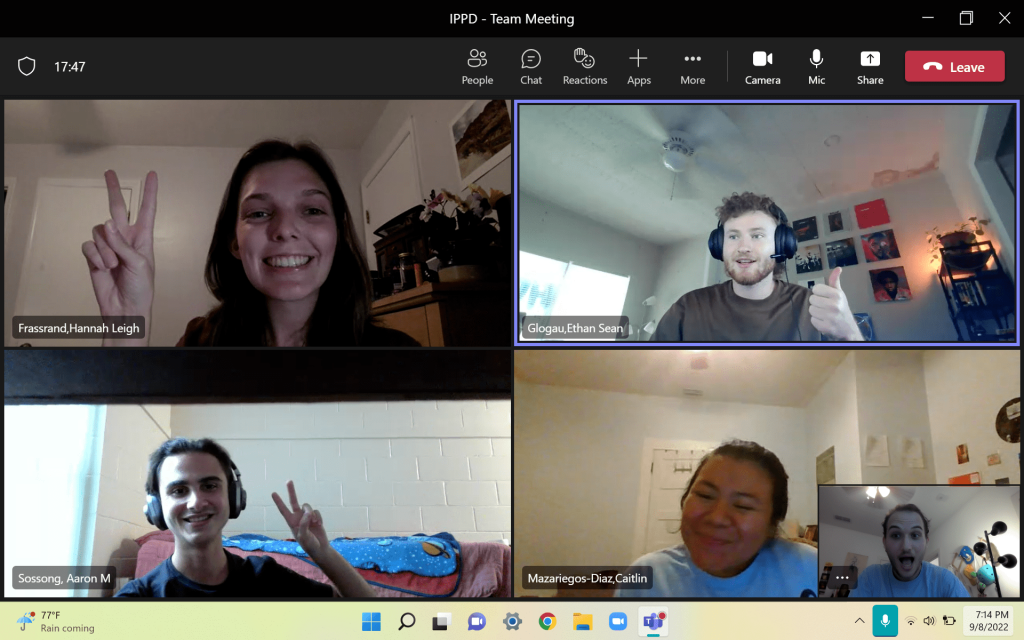This week we started working with our physical components, both structural and electrical, to construct a prototype demonstrating our machine’s core features.
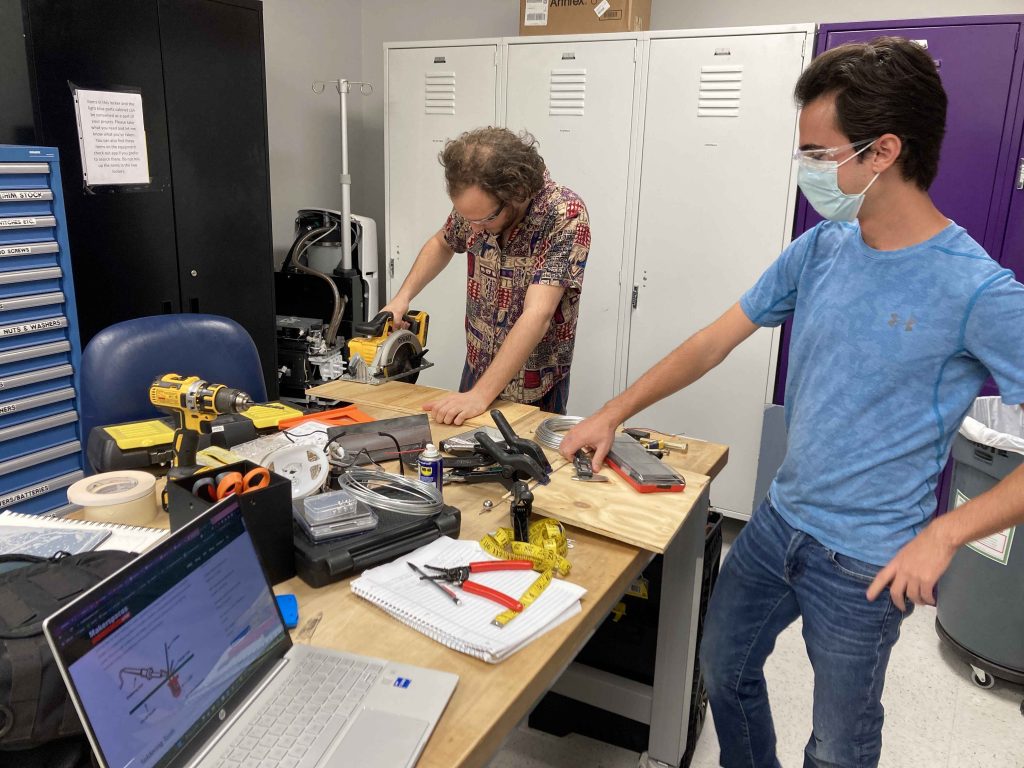

So far we’ve spent several weeks working on the content and artistic design for our machine, and after our PDR it’s time to put that work on the backburner and focus on building some real mechanisms, something the team has been looking forward to.
Our team decided that the most useful prototype to work on at this point would be one establishing the central components of our final machine. In particular, our goal is to create a physical track for a ball to smoothly roll along, as well as implement a microcontroller receiving sensor input and outputting to a fun LED display.
This meant splitting up to accomplish our individual tasks (even though that still often meant working next to each other). Next week, with several basic components completed, we hope to combine our work into one prototype displaying the basic functions of our final design goal.
